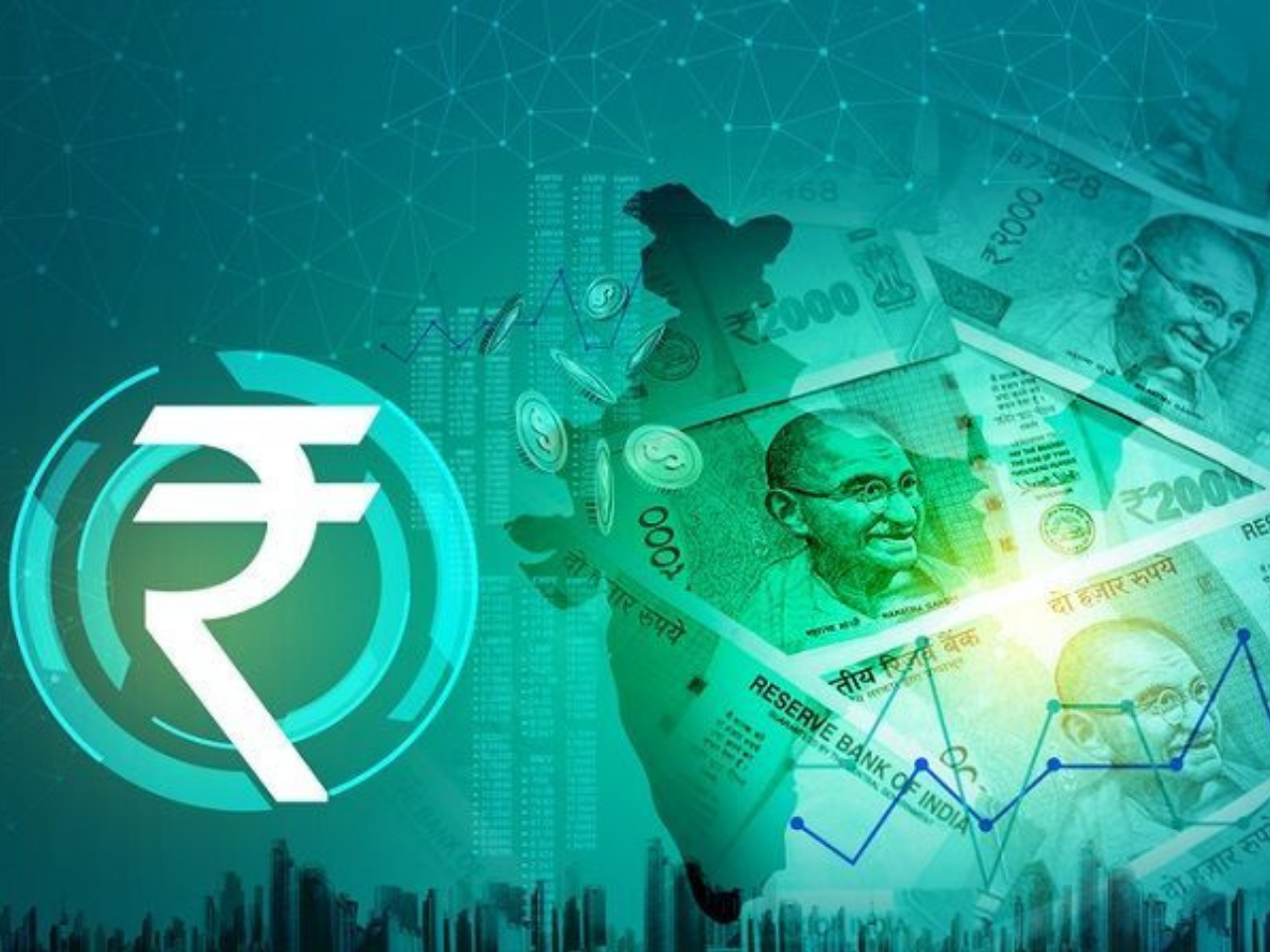India's Economy Shows Resilience and Strong Growth Amid Global Uncertainty
The Indian economy highlighted considerable resilience and strong growth in domestic demand, reliable external balance, and budgetary discipline. High-existence indicators pointed to constant speed. The number of e-bills reached a record level, while the manufacturing PMI reached a 16-month peak, and the services continued to expand, along with the growing trade confidence. The trend of consumption was also healthy; rural demand was buoyed by a favorable monsoon, while urban markets showed strength through high FMCG sales, UPI transactions, and an increase in vehicle purchases.
The fiscal policy maintained its capex-powered emphasis, with government capital expenditure growing 52% year-on-year in Q1 FY26, while non-tax revenue remained stable. On the inflation front, better agricultural production and relaxation of food prices under the RBI’s 2 to 6% target band in July led to a rapidly increased headline inflation of 1.6% in July. Core inflation was also controlled, allowing the monetary policy committee to keep the repo rate stable at 5.5% and adopt a balancing point. Even with the global trade uncertainty, the outskirts of India were favorable.
Merchandise exports expanded by 7.3%, boosted by commerce in non-oil and non-GEM categories, and imports grew 6.1%, widening the trade deficit to USD 11.7 billion. Nevertheless, the foreign exchange reserves were strong at US $695 billion, or enough to cover 11.4 months of imports. Progress on multiple global trade agreements, including the India-UK CETA and India-EFTA TEPA, further solidified India’s position in foreign markets.
The labor market also showed improvement, with higher participation and reduced unemployment. Formal job creation hit a record, led by EPFO enrollments, particularly among young workers. White-collar hiring expanded in non-IT areas as well as emerging opportunities in AI-related areas. With sound policies and an advanced credit rating, India has been well deployed to attract investment and continuous growth, although global tariffs are challenges to subdue friction and private capital expenses.
Latest News
Ireland's Child Poverty Summit Calls for Urgent Action to Address Systemic Barriers
At the Child Poverty and Well-being Summit in Dublin, One Family, an organization that advocates for single-parent families, called on the Irish government to address the structural barriers that keep families trapped in poverty. With Budget 2026 around the corner, the organization stated the government must act quickly in the areas of housing, childcare, and social welfare to tackle reductions in child poverty

Digital Divide Widens: Developing Countries Left Behind in FDI Surge
The global digital divide will probably be exacerbated by the uneven increase of investment throughout digital development, which will leave many nations missing out on the economic and technological advantages enjoyed by a small number of nations
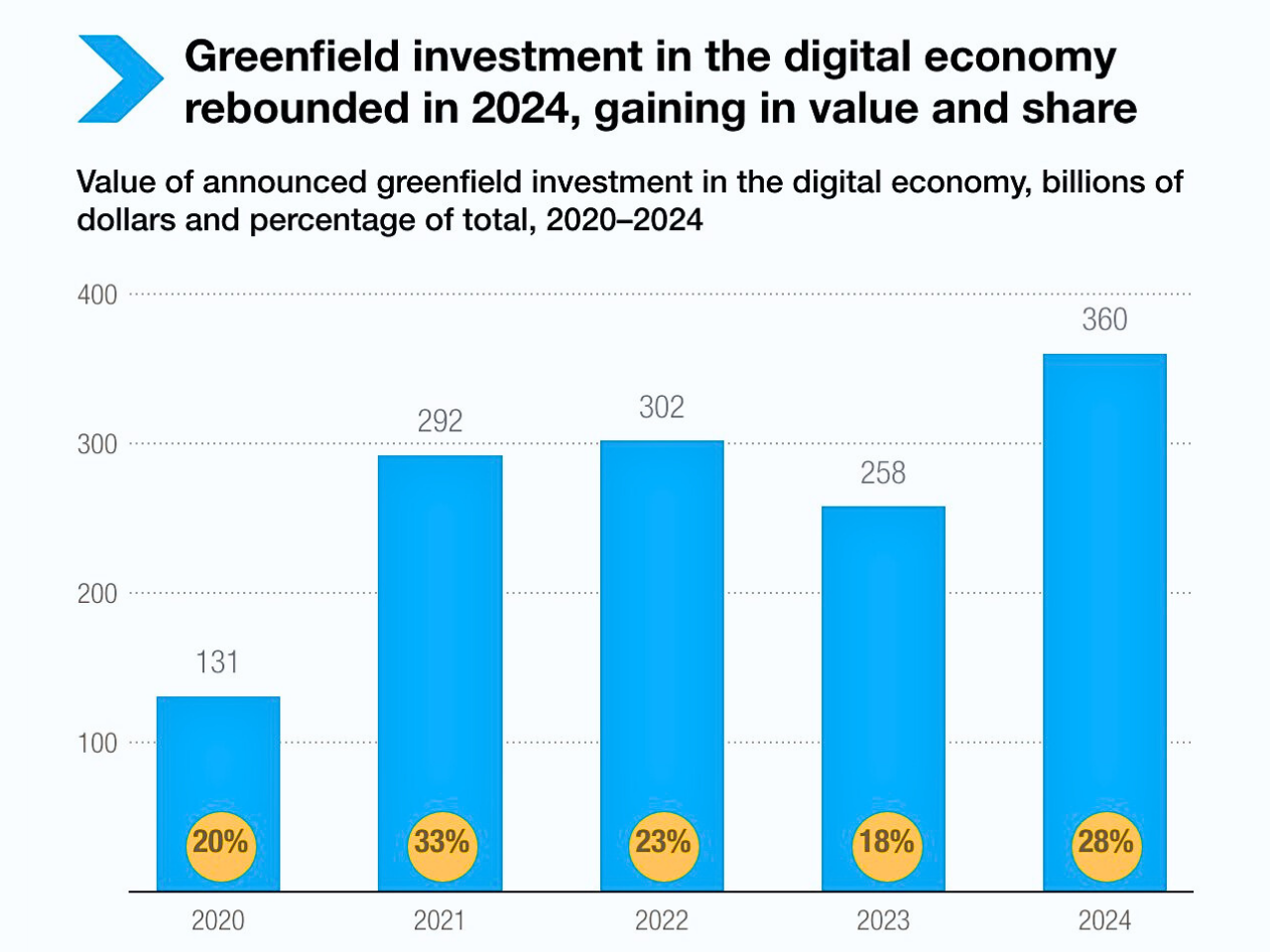
Global Military Spending Hits Record $2.7 Trillion: A Threat to Peace and Sustainable Development
A $2.7 trillion record for worldwide military expenditure in 2024, pursuant to a ten-year increasing trend, while SDGs strive to gain progress. It was assumed 20% of the Sustainable Development Goals are concentrated in the year 2030, and the yearly financial insecurity will rise up to $6.4 trillion
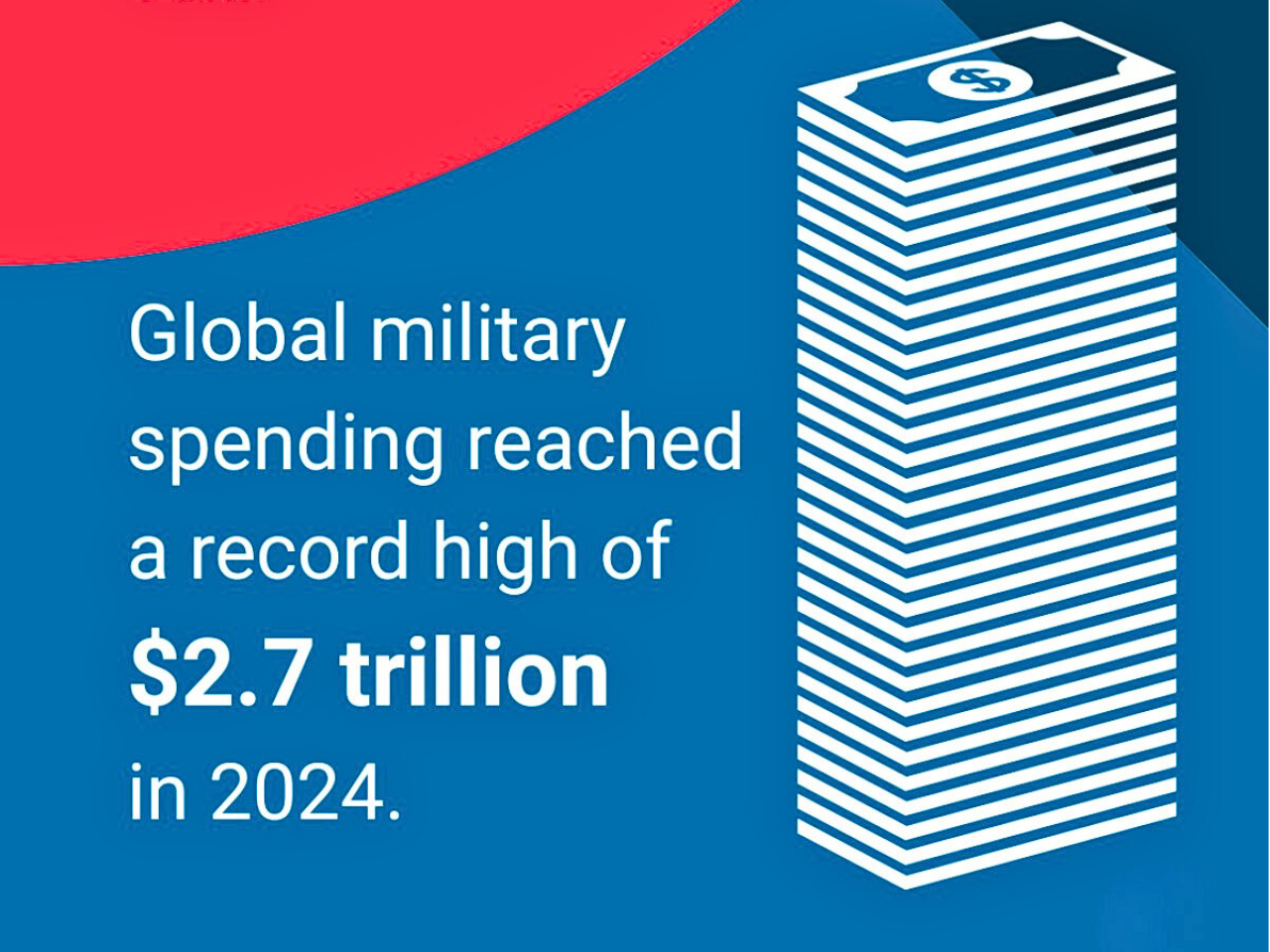
Bridging the Youth Job Gap: A Call to Action for Governments and Private Sector
Over 1.2 billion youth from emerging economies, or at-risk countries, will be entering the labor market. The situation is a bit dire since estimates say only about 420 million new jobs will be created in that time span. The gap is plainly an opportunity for looking for new solutions that hopefully will create jobs at scale and provide youth with the skills to work in an environment that is rapidly changing
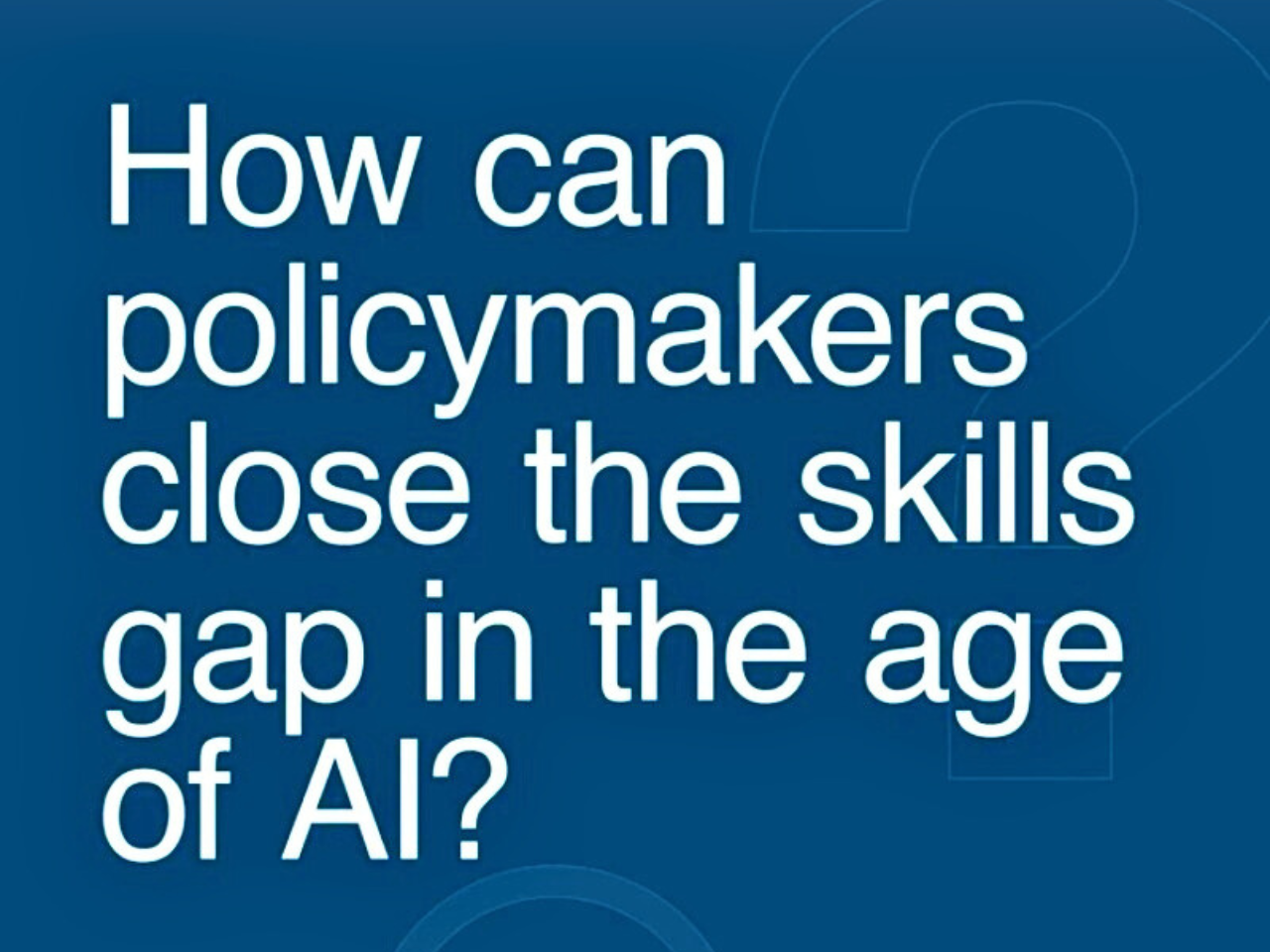
Bridging the Digital Divide: $2.6-2.8 Trillion Needed to Connect 1/3 of Global Population
Saudi Arabia has calculated that it would require between 2.6 and 2.8 trillion dollars to provide internet access to everyone worldwide by 2030, as outlined in the Connecting Humanity Action Blueprint. The report emphasizes the required investment in infrastructure, skills, affordability, and regulatory frameworks if we want to connect the 1/3 of the global population not yet connected to the Internet
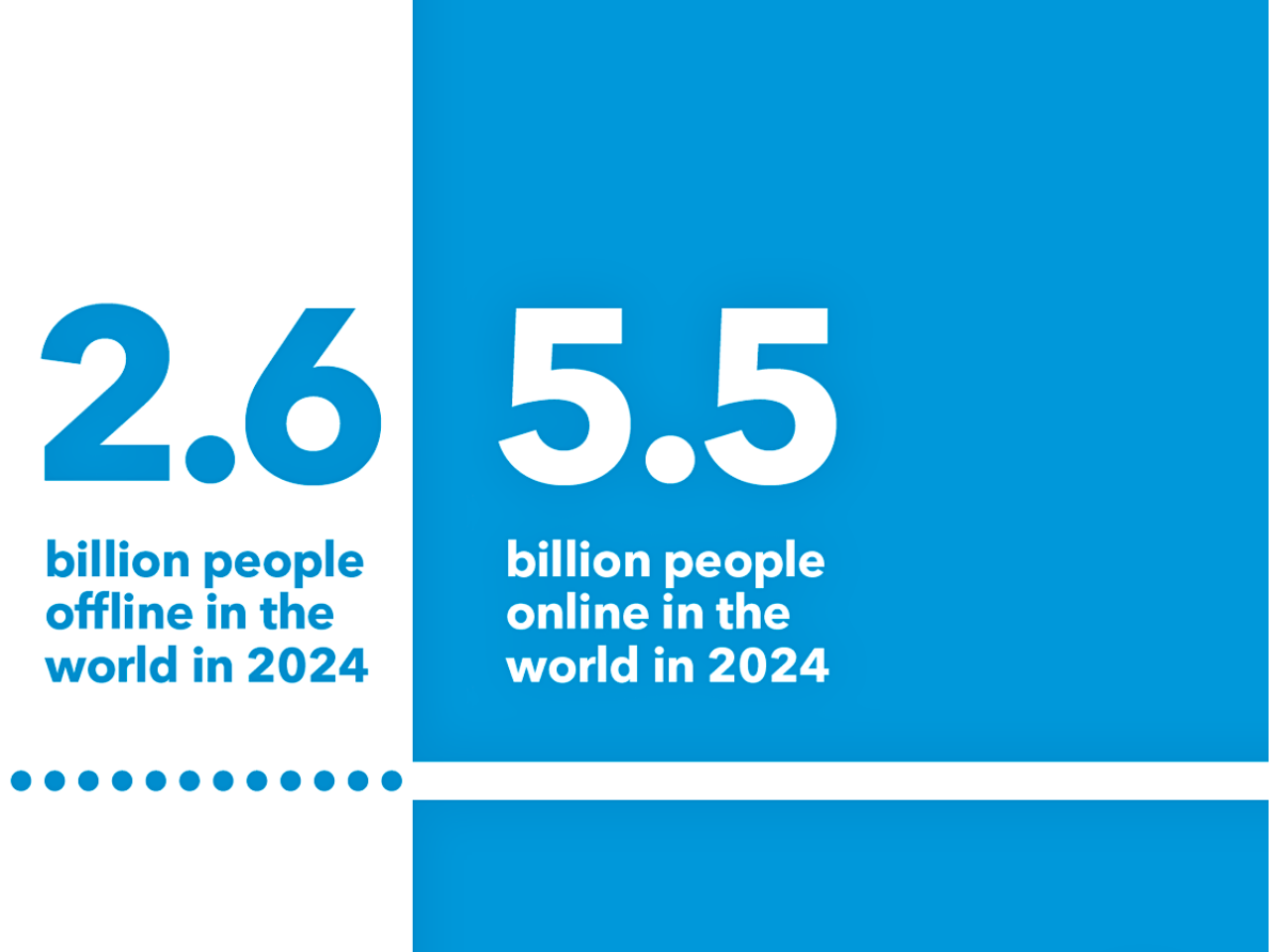
£8 Million Boost for Welsh Arts: 40 Organizations Receive Funding for Cultural Growth
Investment in theaters, galleries, cinemas, and art-based community centers by the government will ensure institutional development and generate interest among future generations by enjoying Welsh culture, heritage, literature, and language. This would be their part of economic growth from art sectors, will generate employment, and will generate income for local businesses

IFC Makes Historic $20 Million Investment in Bhutan's Power Sector for Enhanced Electricity Reliability
This financing, with the support of the Private Sector Window of the International Development Association, will bring Bhutan its first Bhutanese Ngultrum (BTN)-linked loan, create IFC’s first infrastructure investment in Bhutan, and be the first investment in the power distribution sector in Asia by a state-owned enterprise

1 Billion People Suffering: Global Mental Health Crisis Demands Urgent Action
In high-resource countries, spending on mental health can be as high as US$65 per person and can be an extremely low US$0.04 in low-resource settings. Globally, the number of 33 mental health workers per 1,00,000 of population shows that they are from developing areas. In regard to service delivery, there still remains a very low percentage of countries (fewer than 10%) that have completely transitioned to care based on communities


